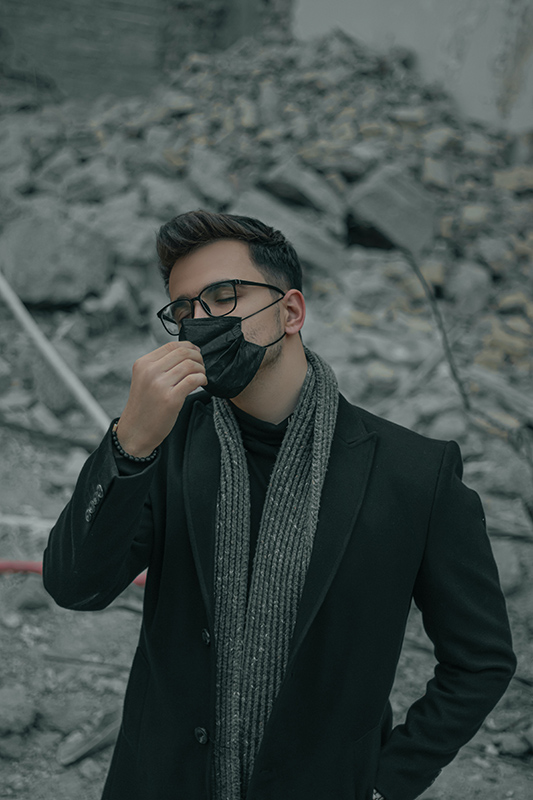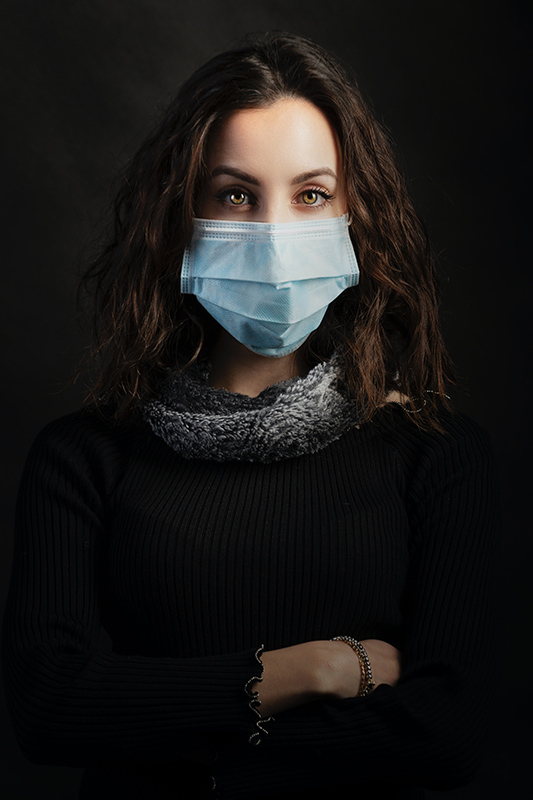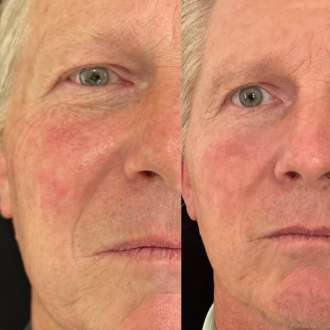 It's now widely accepted that wearing a face mask in public is the right thing to do, for yourself and everyone else, particularly where social distancing is not possible such as on public transport and in shops, markets or other crowded environments.
It's now widely accepted that wearing a face mask in public is the right thing to do, for yourself and everyone else, particularly where social distancing is not possible such as on public transport and in shops, markets or other crowded environments.
Mask-wearing not only contributes to lowering the risk of virus transmission, but it’s also one of the most effective ways to slow the spread of the disease and save lives. However, while we've now become confident about wearing face coverings and understand the necessity, there have been reports of adverse skin reactions arising from some types of masks usage during the pandemic.
Due to perspiration and insufficient access to air, the production of homemade masks from various textiles such as cotton, polyester and silk, and the fact that we are wearing masks daily for a prolonged period of time, dermatologists are reporting that friction-induced acne, irritating rashes, and pruritus (severe itching of the skin) may all flare up and intensify underneath a mask.
 'Maskne', combining the words Mask + Acne, describes one such skin condition brought on by the long-term use of protective masks. Found mainly on areas of the cheeks, chin and around the nose and mouth, maskne occurs when excessive pressure is applied to the skin in combination with high temperatures. This phenomenon results in excessive perspiration to cool down the body and triggers the sebaceous glands to produce more oil. It's no wonder skin becomes inflamed and red as the pores become clogged.
'Maskne', combining the words Mask + Acne, describes one such skin condition brought on by the long-term use of protective masks. Found mainly on areas of the cheeks, chin and around the nose and mouth, maskne occurs when excessive pressure is applied to the skin in combination with high temperatures. This phenomenon results in excessive perspiration to cool down the body and triggers the sebaceous glands to produce more oil. It's no wonder skin becomes inflamed and red as the pores become clogged.
At any rate, we need to alleviate the risk of skin reactions and minimise the prospect of suffering from maskne. Note that most mask-related irritations arise from friction and overheating rather than an allergic reaction to fabrics.

Choose a mask that fits correctly and is not too tight, especially behind the ears, to prevent soreness.
Make sure your skin is cleansed and moisturised, and consider using a gel lotion or light face serum containing bebenzoyl peroxide or adapalene. For people with very oily skin, a wash that contains salicylic acid is recommended to help remove excess oil and dead cells from the surface of the skin. Avoid products that boost the production of sebum (an oily, waxy substance produced by your body’s sebaceous glands) as a mask will trap oil and sebum and cause your skin to become dry.
Wash or boil cloth masks with a mild detergent before and after use to avoid a build-up of bacteria. Always make sure your face is fully dry before using.
Change masks or face covering frequently.
Refrain from or limit wearing make-up underneath a mask. If you wish to continue using make-up, dermatologists recommend using products designed for acne-prone skin. Men should shave more frequently to prevent beard stubble discomfort.
Reduce skin irritation by applying talcum powder underneath the mask.
DO NOT keep your mask or face covering loose in your bag, and make sure you discard disposable face coverings with household waste.
Every face is born with a thousand masks to go with it. Make sure yours is the correct one to prevent the maskne phenomenon.
#Hionline #maskne #maskwearing #facecoverings #masks #skinreactions #acne #rashes #pruritus #friction #skincondition # maskrelatedirritations #make-up #prevention #skincare







